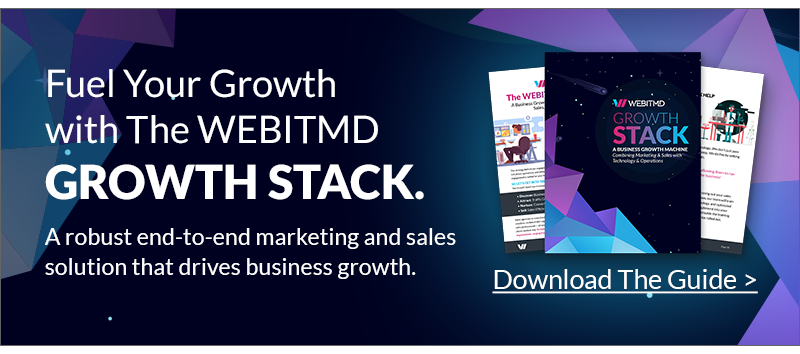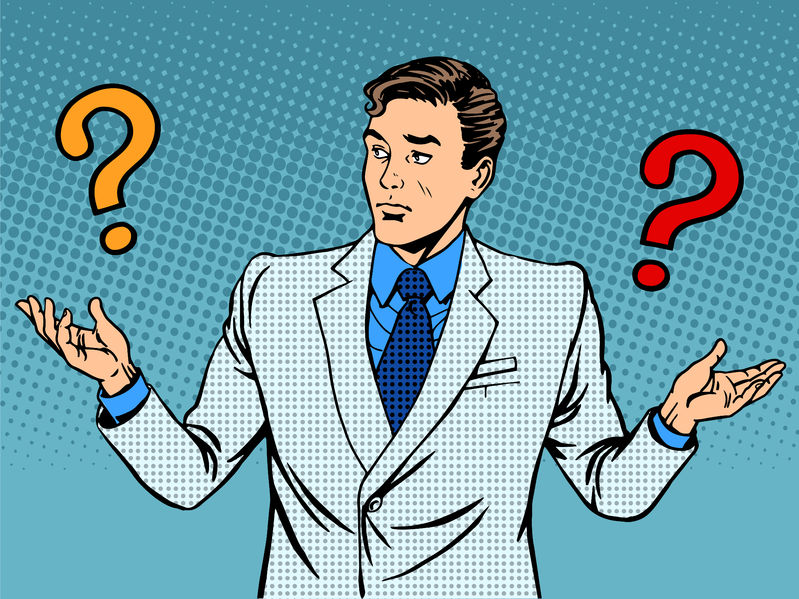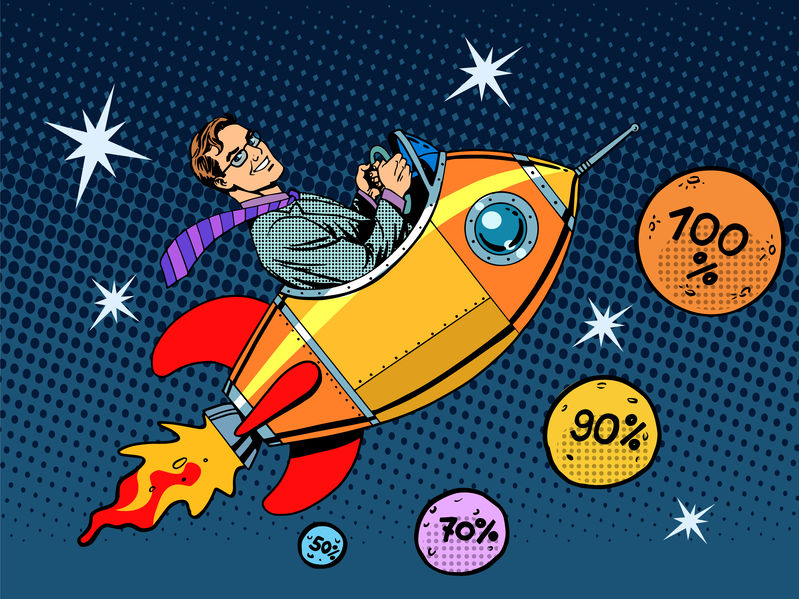Having a sales pipeline that is well built, maintained and cleaned, and that’s fueled by the right metrics while being properly managed is key to hitting high revenue goals and improving your bottom line. And having more visibility and control of a sales pipeline will put you in a better position to increase high-quality lead volume, and convert more customers. In fact, a 2016 report by HubSpot revealed an advantageous relationship between the number of opportunities in a sales pipeline per month, and hitting revenue goals. That said, the more opportunities you have in your pipeline, the more likely you are to hit revenue targets.
But this is by no means an easy thing to set up, run, and manage, which is why businesses invest in a growth marketing agency that specializes in sales enablement, and one that helps build a solid pipeline based upon a firm understanding of a company’s products, sales cycle, and its customers. Once the right strategies and tech tools are selected and implemented into the main strategy, a sales pipeline that’s easy to monitor and read can be enabled. After all, the greater the visibility and control one has over their sales pipeline, the more prosperity one will experience.
What is a Sales Pipeline?
Not all businesses truly understand the definition of a sales pipeline, so let’s start with one. A pipeline engulfs every phase of the sales process in which an opportunity moves from one stage to the next, and is visually displayed in a CRM. A sales pipeline must always be customized to reflect your buyer’s journey, as the sales process will always differ based on the product type and even the company. This is why partnering with a growth marketing agency is a smart investment; digital marketing experts know just how to set up, nurture, and manage a profitable sales pipeline. Growth marketing experts also create a visual representation of the pipeline so that a company’s internal team members can stay on the same page with them. This also enables managers and sales reps to predict revenue by examining stages and opportunities, and how many deals they are likely to close within a certain timeframe.
You should also be prepared for sales pipelines to run at varying speeds based on the sense of urgency leads have, their level of interest, and how much product research they have done. This is where growth marketing stacks help feed a sales pipeline; inbound marketing strategies feed every qualified lead with custom content that nurtures them through the funnel until they convert into a paying customer.
Stages of Building a Pipeline
Building a sales pipeline involves certain steps that include the following:
- Identify the sales cycle stages
- Define the number of opportunities that generally move on to the next stage
- Reverse engineer to determine the number of opportunities needed at every stage to hit your revenue target
- Discover common opportunity characteristics that convert at every stage
- Design a sales process or optimize your current one around all these numbers and actions
How Long does it Take to Build a Sales Pipeline?
The time it takes to build a sales pipeline varies under a number of circumstances. First of all, it will always take less time and run more smoothly if you invest in a growth marketing approach designed to hit your revenue goals, and this requires finding the best agency with the right technology. But regardless, the product type, available marketing resources, and your prospects will play into the time factor. For example, businesses with common, low-priced products that have instagram ads could start generating leads in hours, but if you sell deluxe products like a custom swimming pool, or helicopters, it could tame months or even a year to generate a stream of contacts.
Developing the Stages
Don’t make the amateur move and copy a template; you will get better results if you develop your own stages. Why? Because pipeline stages need to align with the buyer’s journey so that revenue can be predicted and progress can be tracked. Following are the typical stages of a buyer’s journey:
Awareness Stage – Buyer is aware they have a need or an opportunity to improve their situation.
Consideration Stage – Buyer recognizes his need or opportunity, creates criteria that needs to be met, and researches various solutions.
Decision Stage – The buyer has a clear understanding of their necessary solution and is comparing various brands, product types, and vendors.
Using these buyer’s journey stages, you could create sales pipeline stages that involve connecting with prospects in which they engage with your business whether it’s downloading a buyer’s guide or opening an email. The best stage would be to have an appointment set in which the prospect agrees to a call or a meeting to learn more about how your products or services provide the best solution to their needs. Then once the call or meeting has been completed, the next steps can be confirmed in which a solution is proposed. This is when the buyer is connected to your product and they want to benefit from it.
Just be aware that the more intricate your product is, the longer the sales cycle will be, and this means there will likely be more stages.
Ready for a Growth Marketing Agency to Help You Build a Sales Pipeline?
Building a sales pipeline is complex, which is why investing in a growth marketing stack would be a profitable investment, especially if you have a longer sales cycle. Download our FREE guide on the WEBITMD growth marketing stack, and see if it makes sense for your business. Then give us a call; we would love to learn about your products, current sales process and customers with the goal to help you find the best solution to hitting your sales goals.











(1).jpg)

.jpg)



![5 Reports to Elevate Your HubSpot Sales Dashboard [+ Examples]](https://2363531.fs1.hubspotusercontent-na1.net/hub/2363531/hubfs/Imported_Blog_Media/6-winning-examples-of-a-hubspot-sales-dashboard-2.png?width=767&name=6-winning-examples-of-a-hubspot-sales-dashboard-2.png)

